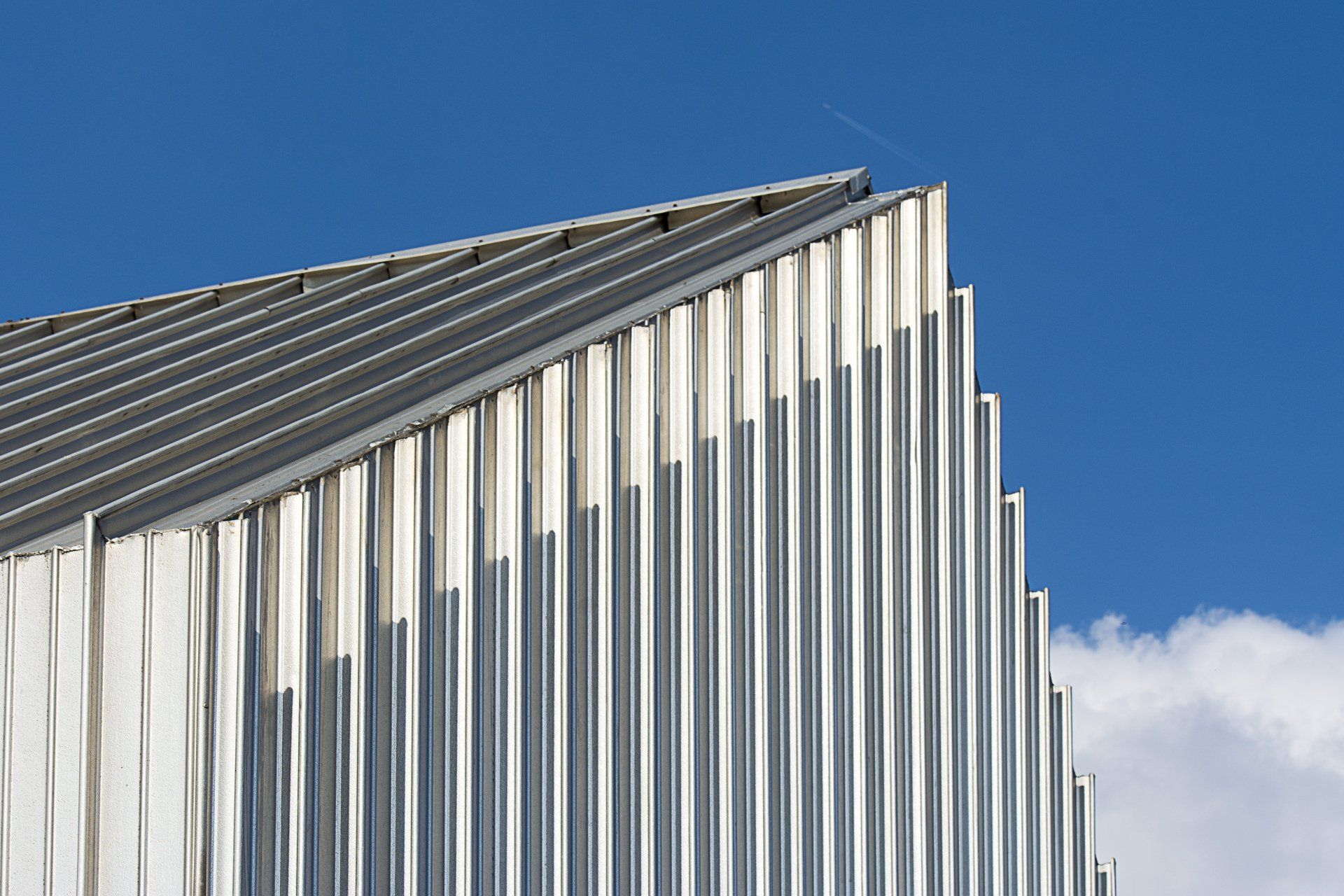Understanding Green Roofing Systems
Green roofing, also known as sustainable or eco-friendly roofing, refers to roofing systems that incorporate living elements like vegetation or plants. These roofs are designed to provide a range of environmental benefits while contributing to the energy efficiency of your building. From reducing energy costs to improving air quality, green roofing systems are becoming an increasingly popular choice for commercial and residential buildings alike.

How Green Roofs Help the Environment
Green roofs provide several environmental benefits, making them a valuable addition to urban and suburban buildings. Key advantages include:
- Stormwater Management: Green roofs are effective at absorbing rainwater, preventing excessive runoff and protecting urban drainage systems from being overwhelmed.
- Improved Air Quality: Green roofs improve air quality by filtering out pollutants and producing oxygen, creating a healthier environment.
- Reducing Urban Heat with Green Roofs: Urban heat islands are less intense in areas with green roofs, thanks to their ability to reduce retained heat.
Step 2: Economic Advantages of Green Roofing
Green roofs aren’t just eco-friendly; they’re also cost-effective. Here are some of the financial benefits:
- Eco-Friendly Insulation: Green roofs provide natural insulation, helping to regulate indoor temperatures. This can lead to significant savings on heating and cooling costs, especially in areas with extreme temperatures.
- Enhanced Roof Longevity: A green roof’s vegetation layer guards against weather damage, leading to a more durable and cost-effective solution.
- Potential Incentives and Rebates: Local governments frequently support green roofs through grants or rebates, reducing upfront costs.
Why Green Roofs Elevate Quality of Life
Green roofs also offer aesthetic and health-related advantages that can significantly enhance the quality of life for building occupants and the surrounding community:
- Transform Your Rooftop: A green roof can transform an ordinary rooftop into a lush, vibrant garden space. This can enhance the visual appeal of a building and its surroundings, making it more attractive to potential tenants, customers, or visitors.
- Health Benefits: The presence of greenery on rooftops reduces stress and promotes mental well-being among occupants.
Different Green Roof Styles
There are several different types of green roofing systems, depending on the specific needs of your building. These include:
- Efficient Green Roof Systems: These are lighter, low-maintenance green roofs with a shallow layer of soil, typically covered in hardy, drought-tolerant plants.
- Lush, Deep Green Roofs: Intensive roofs are deeper and support a wider variety of plants, including shrubs and small trees. They often require more maintenance and a stronger structure but can provide additional space for recreation or gardening.
- Flexible, Pre-Planted Options: Designed for flexibility, modular green roofs allow for easy customization and placement.
How to Build a Green Roof
The journey to a green roof starts with skilled professionals handling these essential steps:
- Ensuring Roof Strength: Before installation, experts verify the roof's capacity to handle the added load of soil and vegetation.
- Waterproofing and Drainage Setup: Waterproofing and drainage systems form the foundation of any successful green roof.
- Planting and Soil Application: The final step involves adding soil and vegetation tailored to the environment and design goals.
Why Choose Weathercraft Roofing for Your Green Roof Installation?
Weathercraft Roofing & Construction offers expertise in creating green roof systems that are durable, beautiful, and environmentally friendly.
